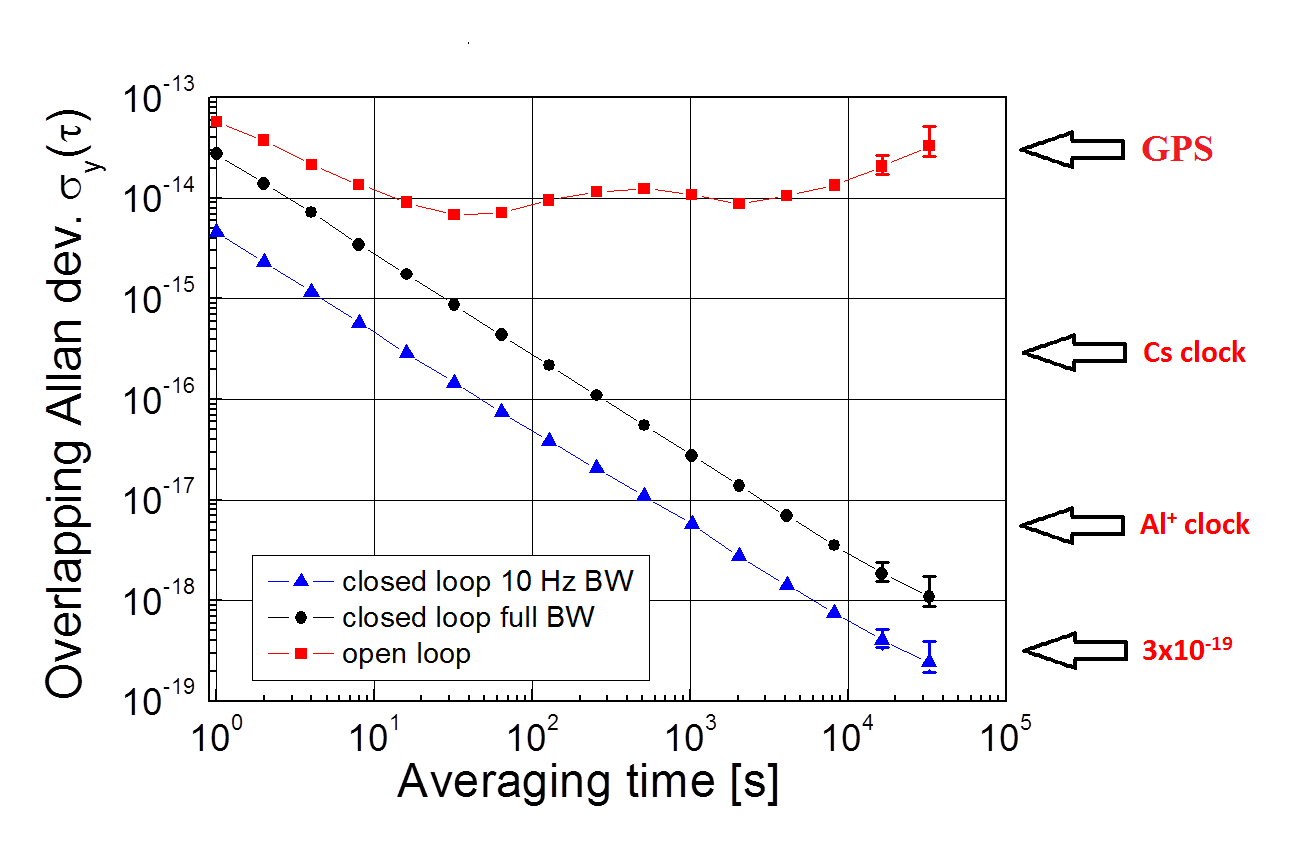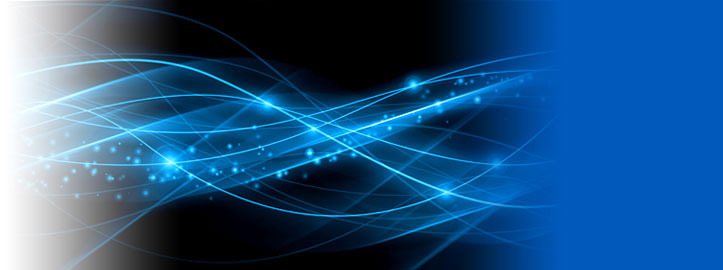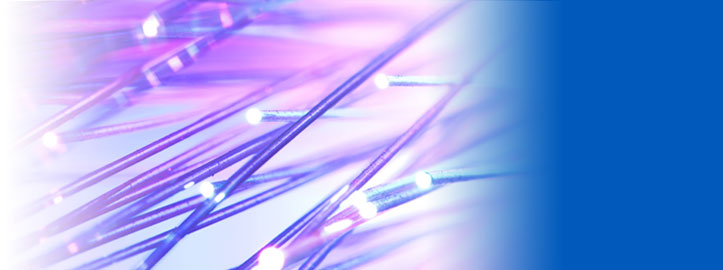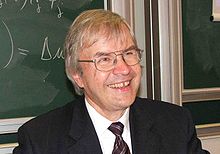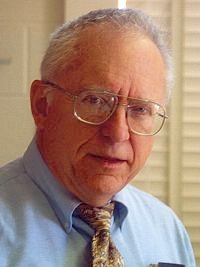Frequency metrology
The frequency metrology has experienced three revolutions since the early 1990s :
New techniques of laser cooling have increased the interaction time of atoms with light. This has increased the accuracy of all primary clocks: atomic fountains are able to reach an accuracy of a few 10-16. However, performances of those ones are already outdated by optical clocks based on single ion or atoms trapped in optical networks that can achieve accuracies of 10-17 or even better.
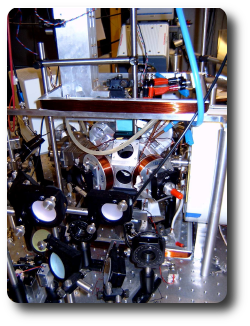

Left side: ultra-high vacuum chamber in which the strontium atoms are trapped in an optical lattice (Credits to LNE-SYRTE/ Observatoire de Paris)
Right side: Blue lasers slow the strontium atoms (Credits to LNE-SYRTE/ Observatoire de Paris)
Development of frequency combs based on femtosecond lasers have sent to the museum the old and extremely complex harmony frequency chains that used successive harmonics from the cesium radio frequency to reach the optical domain. Femtosecond lasers allow us to compare with a single laser two unknown frequencies from the RF domain to ultraviolet. Theodor W. Hänsch and John L. Hall were awarded for this breakthrough by the Nobel Prize in Physics in 2005.
Theodor W. Hänsch and John L. Hall are co-laureates of the Nobel Prize in 2005
Frequency transfer by optical fiber is the third element of a puzzle that will allow full use of the metrological advances of recent years. On a fiber link Villetaneuse-Reims (roundtrip of 540 km) of the Internet network of RENATER, it has been possible to transfer a frequency with a quality of copy of some 10-19 in less than a day. This opens the way for the comparison of the best performing clocks in the world that are still far from this level of precision. Indeed, a signal with an accuracy of 10-17 can be transported thousands of miles with negligible degradation.
